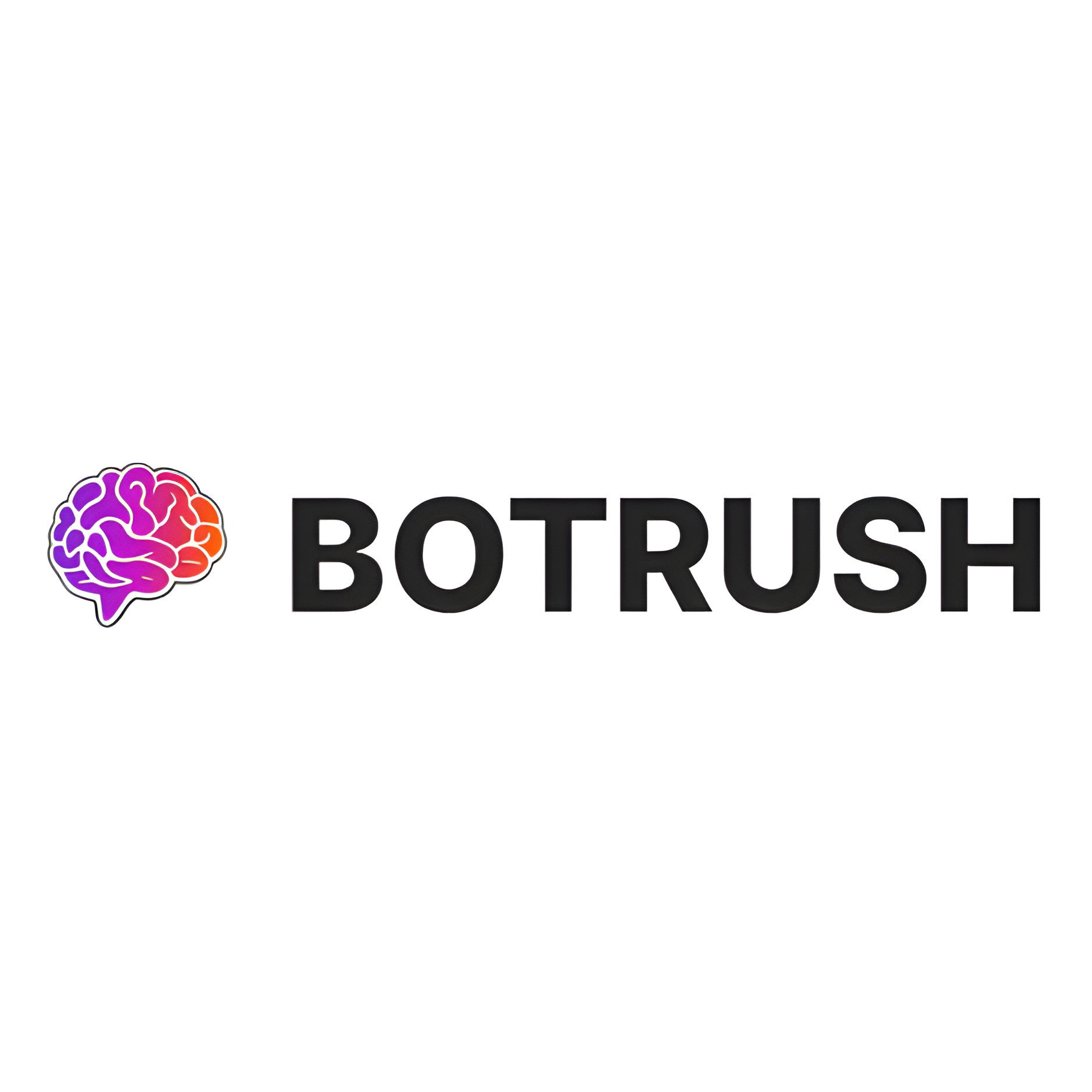Overview
ChatGPT is a cutting-edge language processing AI developed by OpenAI, designed to understand and generate human-like text based on the input it receives. This tool leverages a variant of the GPT (Generative Pre-trained Transformer) architecture, which is fine-tuned to improve its interaction with users, making it exceptionally adept at handling a wide range of topics in a conversational manner. ChatGPT stands out due to its ability to comprehend context and nuance in dialogue, allowing it to participate in conversations, answer questions, summarize texts, and even generate content that feels natural and human-like.
The versatility of ChatGPT makes it an invaluable tool for developers, marketers, educators, and content creators who require dynamic AI interactions. It can be integrated into chatbots, virtual assistants, and customer service tools to enhance user engagement and satisfaction. Additionally, its deep learning model, trained on a diverse dataset, enables it to adapt to new uses and applications, continually improving its responses and capabilities over time. ChatGPT is not just a technological advancement; it's a versatile companion in the digital age, helping bridge the gap between human and machine interaction.
Key features
- Real-time interaction: Engage in conversations with the AI seamlessly and receive responses without noticeable delays.
- Contextual understanding: The tool grasps the context of the dialogue, ensuring relevant and coherent responses.
- Text generation capabilities: Generates human-like text, making interactions smooth and natural for various applications.
- Customizable responses: Users can tailor the AI's tone and style to fit specific needs or preferences.
- Scalable integration: Easily integrates with other software and platforms, facilitating a wide range of functionalities.
- Continuous learning: Regular updates improve its understanding and performance, adapting to new information and user feedback.
 Pros
Pros
- Language versatility: Supports multiple languages, allowing users worldwide to interact with the AI in their native language.
- Data privacy assurance: Adheres to strict data protection protocols to ensure user information is secure and private.
- Efficient problem-solving: Quickly processes and provides solutions to complex queries, enhancing productivity and user experience.
- Accessibility features: Includes options for text-to-speech and speech-to-text, making it accessible to users with different abilities.
- Extensive knowledge base: Draws from a vast range of sources to offer informed responses across diverse topics.
 Cons
Cons
- Limited emotional understanding: While effective in processing information, the tool struggles to fully grasp and convey complex human emotions.
- Data privacy concerns: Users may worry about the confidentiality and security of the data they input into the system.
- Dependency on internet: Requires a continuous internet connection to function, limiting accessibility in areas with poor connectivity.
- Contextual misinterpretations: Occasionally misunderstands the context or intent behind user queries, leading to inaccurate or irrelevant responses.
- Update dependency: Regular updates are necessary to maintain functionality and accuracy, which might not always be timely.

















